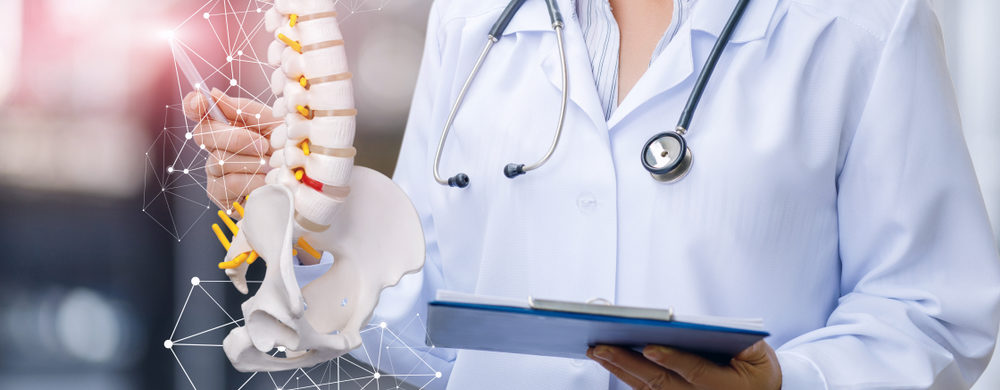Men build more bone mass than women, but that doesn’t make them immune to osteoporosis. That’s why it’s important for both sexes to adopt bone-healthy habits as they age.
Men and women typically reach peak bone mass around the same time, ages 25 to 30, though men achieve a higher peak mass. Around age 40, both sexes begin losing bone mass, with the process accelerating for women after menopause. By age 65 or 70, however, men catch up, and they lose bone mass at the same rate as women, according to the National Institutes of Health. That can put them at risk for osteoporosis, a condition that makes the bones weak and more likely to fracture.
Men, prioritize your bone health and help protect against breaks by making these lifestyle changes:
- Ask your physician about the medications you take. Glucocorticoids—steroids that treat asthma and rheumatoid arthritis, among other conditions—are one of several types of drugs that can cause bone loss.
- Get recommended amounts of calcium and vitamin D. Bones are reservoirs of calcium, which is vital to the body, and vitamin D helps bones absorb calcium. Men ages 19 through age 70 need 1,000 milligrams of calcium per day, and 1,200 milligrams from age 71 on, according to the Institute of Medicine (IOM). Good sources of calcium include dairy products, leafy green vegetables, and calcium-fortified foods and beverages. Men need 600 international units (IU) of vitamin D through age 70, then 800 IU starting at 71, according to the IOM. Sunlight is a major source of vitamin D, but it’s also present in egg yolks, certain fatty fish, and some fortified foods and juices.
- Inquire about supplements. If you think you don’t get enough calcium or vitamin D from natural or fortified sources, ask your physician about taking a supplement.
- Keep an eye on your testosterone level. A certain amount of testosterone loss is normal with age, but if the decrease is sudden, it may contribute to osteoporosis.
- Kick the habits. Smoking and alcohol abuse are linked with a higher risk of fracture.
Finally, partner with your physician to monitor your bone health. If you’re at risk for osteoporosis, he or she may order a noninvasive test called dual-energy X-ray absorptiometry or DEXA scan to measure bone mass at your hip and spine.
Sources:
bones.nih.gov, eatright.org, nof.org, ods.od.nih.gov, orthoinfo.aaos.org,
